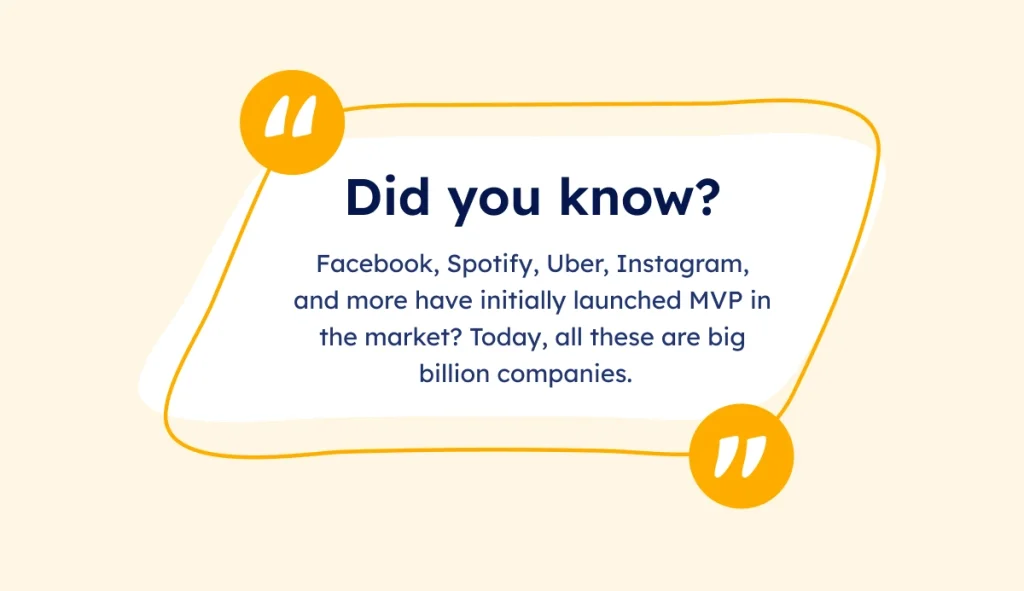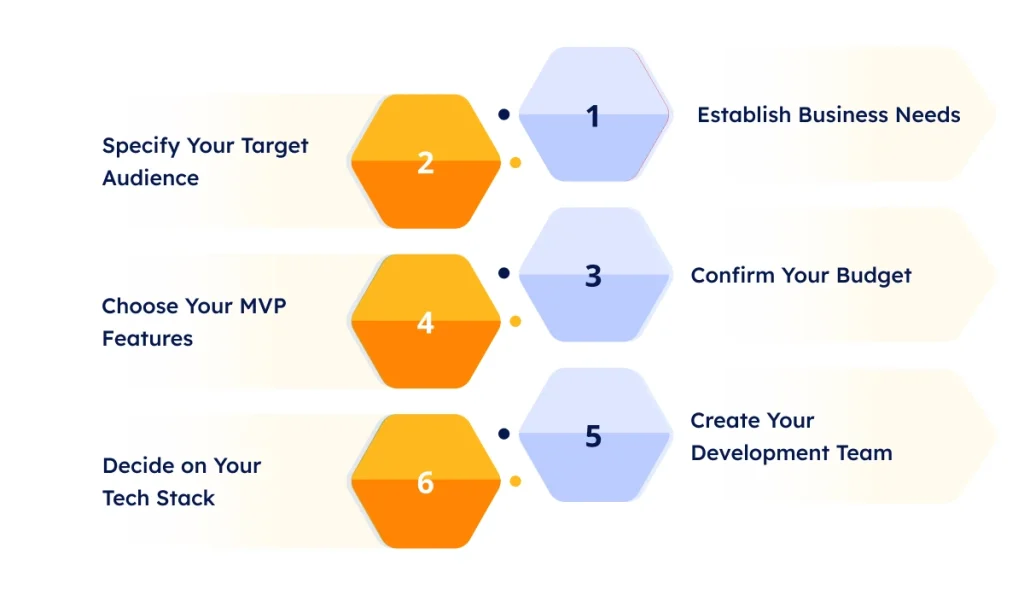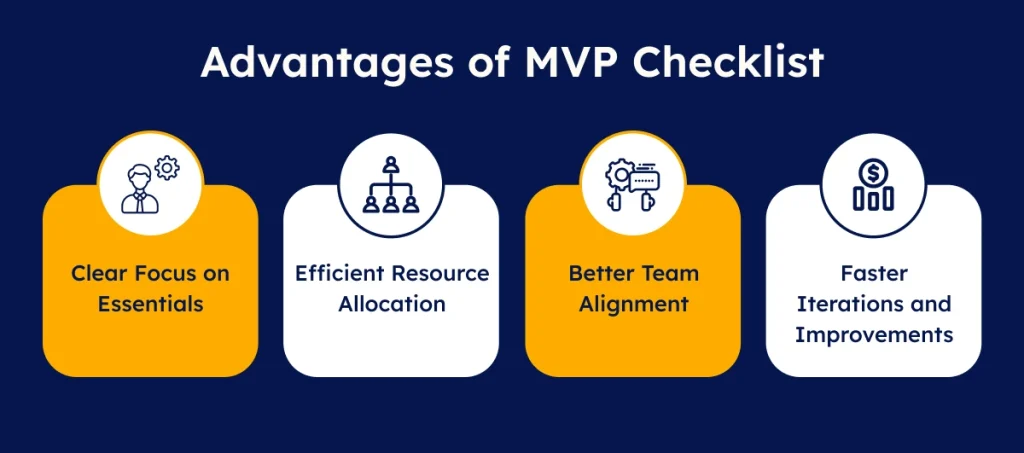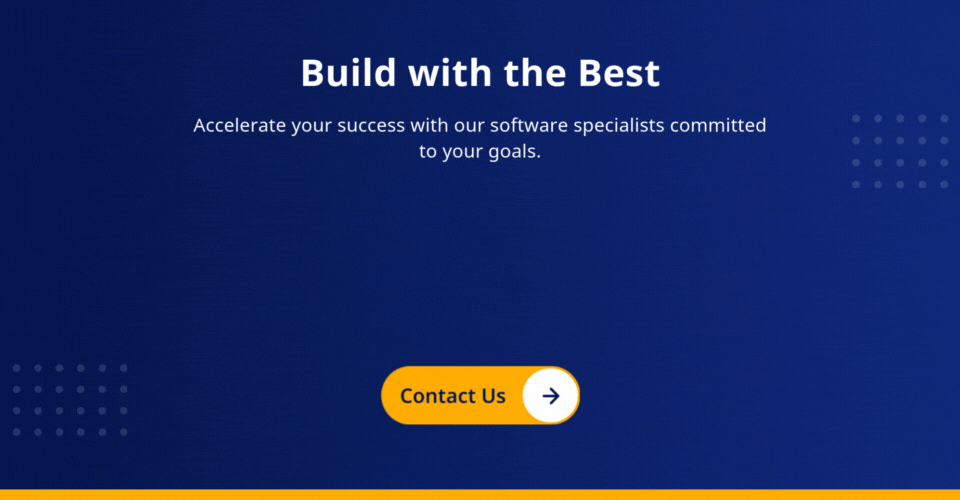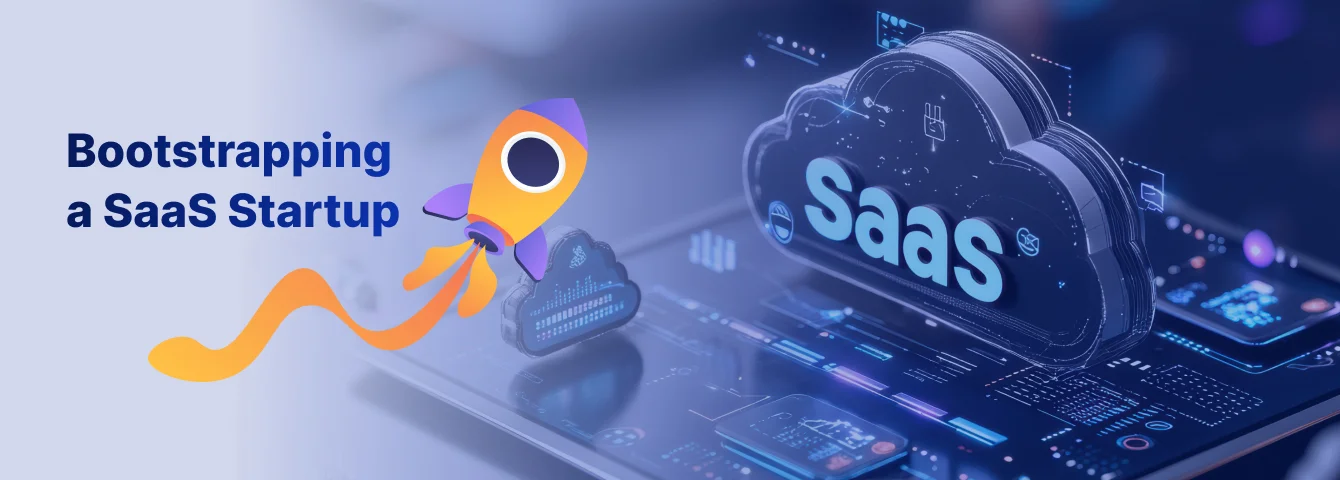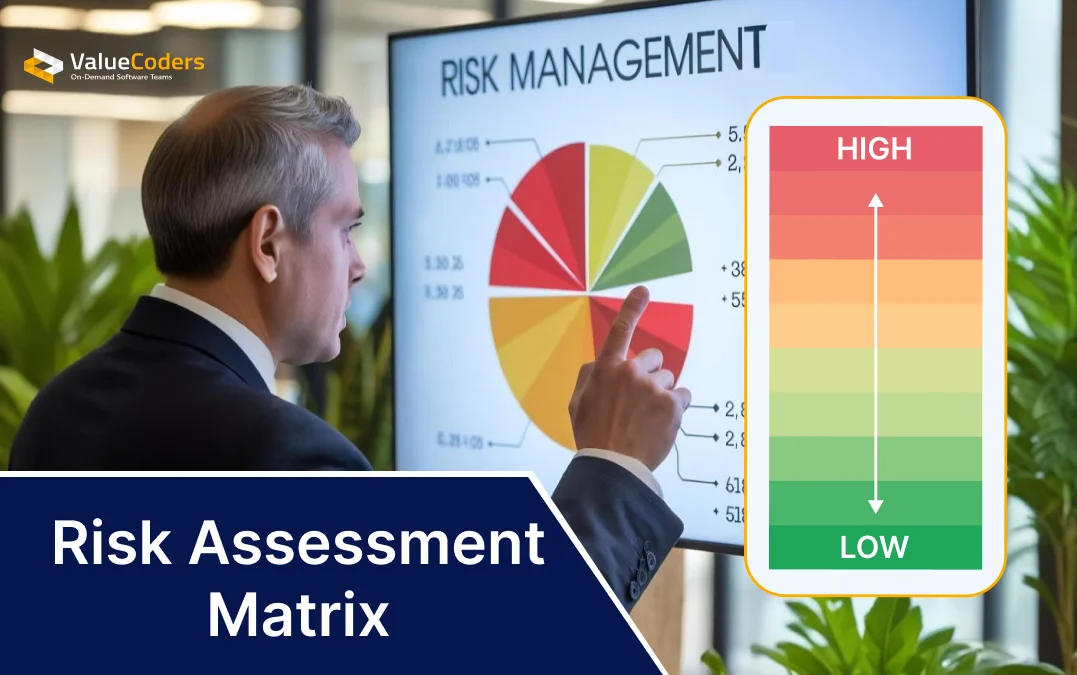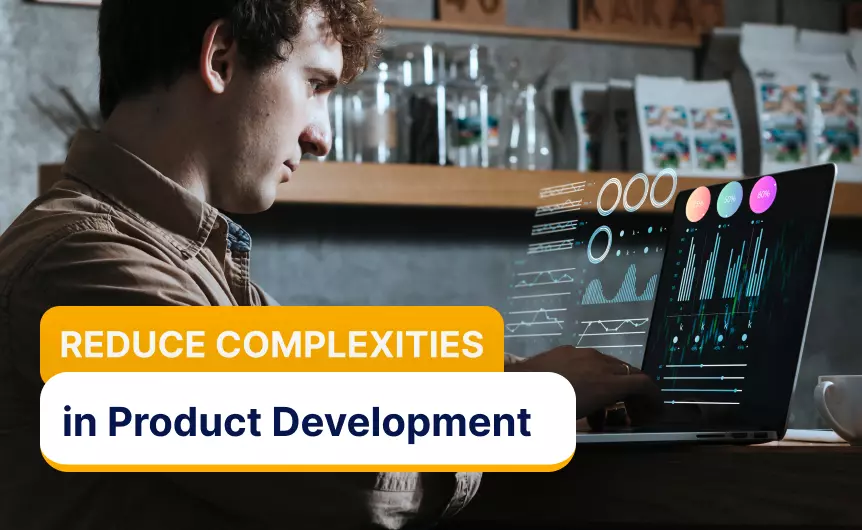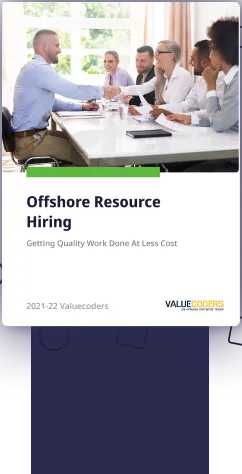Starting a new business can be overwhelming, with so many things to consider and challenges to overcome. One of the biggest hurdles is meeting the expectations of your target audience while successfully launching your product.
With a Minimum Viable Product (MVP) development, startups can test their business idea, gather valuable user feedback, and make data-driven decisions before committing significant resources to full-scale development.
This is the best way for a startup to avoid dangers and bring the project to fruition.
What is MVP
Minimum Viable Product (MVP) is a strategic approach to product development. It includes only the core features necessary to deliver value. Why you need an MVP:
- To launch a product quickly.
- Test your idea of the product to see how people react.
- Gather insights to make amendments.
Start with a small, functional prototype instead of a fully finished product. By releasing an MVP, you can see how people react, improve based on their needs, and avoid wasting time or money building unnecessary features.
“The Facebook” was the MVP of Facebook. It was a basic social networking site for Harvard students, focusing on creating profiles and connecting with peers. Spotify was launched as a “desktop-only app” to test user interest in streaming over downloads.
11-Step MVP Development Checklist for Startups
Building a successful startup begins with a solid MVP. This MVP development service for startups checklist ensures a smooth launch. The following checklist will help you ensure you don’t miss these vital steps.
1. Establish Business Needs
Start with the big question: What problem does your product solve? Define your MVP’s core purpose and ensure it aligns with your business goals. This clarity will guide every decision and prevent distractions.
For example, if your goal is to simplify online bookings, focus on creating the easiest booking system—not a platform loaded with extra features.
Factors to consider:
- Identify the market gap and the problem that the product addresses.
- State why you are building this product.
- Determine the success parameters for analyzing product performance.
2. Specify Your Target
Who is your target audience? Define your audience by creating user personas that include demographics, preferences, and challenges. Knowing your target users helps you tailor the MVP to their needs, making it more likely to succeed.
For instance, if your audience is busy professionals, focus on convenience and speed in your MVP.
Factors to consider:
- Identify your target audience.
- Illustrate the user personas to be specific with your goal.
- Ensure your product meets the users’ needs, behaviors, etc.
Also Read – Budgeting for Your MVP: What to Expect and How to Plan
3. Confirm Your Budget
MVP budgeting matters. Outline how much you can spend on development, marketing, and potential tweaks. Plan for everything initially because unexpected costs often pop up. A clear financial plan ensures you don’t burn through your funds too soon.
Factors to consider:
- Revise your budget according to plan.
- Idealize your spending approach to pre and post-launch activities.
- Make sure you and the development team sign off on the allocated funds.
4. Choose Your MVP Features
Think small but impactful. Your minimum viable product should focus only on the core features that solve the main problem for your target audience. It’s tempting to add more, but simplicity is key. First, check the initial performance and later make a decision on the customer feedback.
Factors to consider:
- Focus on the important tasks to create the MVP (Minimum Viable Product) features.
- Determine the most essential tasks needed for the product to be useful.
- Write down the steps users will take and the stories that explain those essential tasks.
- Review your list to make sure you haven’t included any “extra” tasks that aren’t necessary.
Prioritize features and create a development roadmap with ValueCoders. Let’s customize a checklist that covers all the essential bases.
5. Create Your Development Team
Get a team of professionals by your side. Whether you hire in-house or outsource software development services, ensure the communication between both should be clear and sound.
Factors to consider:
- Select an experienced team.
- Confirm that they use mature, industry-standard processes.
- Ensure that they use an Agile development methodology, preferably with DevOps.
- Confirm their expertise in the required technologies.
- Build a flexible structure with a sound management system to ensure continuity.
6. Decide on Your Tech Stack
Select tools and technologies for your MVP development. Make sure it fits well with your product’s requirements and is scalable for future growth. For startups, selecting cost-effective yet reliable options is appreciated. Discuss this with your product consulting team to ensure you’re making the right choices.
Factors to consider:
- Discuss your tech stack with the development team and decide on a tech stack.
- Ensure that the chosen tech stack provides a reliable and cost-effective path to produce the MVP and the final product.
Also Read – Benefits of MVP Development Approach in Product Development
7. Design MVP UX and UI
Your product’s UX and UI aren’t just about aesthetics. It defines functionality and usability. A clean, user-focused design helps users understand your product, engage with it seamlessly, and leave a positive impression. Good design ensures users stick around long enough to see the value of your solution.
Factors to consider:
- Plan robust UX and UI for your product.
- Discuss with MVP development service for a user-friendly and rich product experience.
8. Launch Your MVP
Launch day is your chance to show the world your idea. Roll out your MVP on platforms that resonate most with your target audience. For example, if you’re building an app for young professionals, launching on app stores and promoting it via social media might be your best bet.
Factors to consider:
- Identify your initial audience: Target select users or make it open to all.
- Invite/alert your early adopters to start using your MVP.
Get a personalized tech stack recommendation from us. Our expertise in tech stack helps you identify the best fit for your MVP.
9. Track Your MVP’s Performance
After launch, the real work begins. Use analytics tools to measure key metrics like user engagement, retention rates, and conversions. These numbers reveal how well your MVP is performing and where improvements are needed.
Factors to consider:
Decide and list relevant metrics to assess the MVP, such as: Traffic, engagement, active user count, Customer Acquisition Costs (CAC), churn rate, customer satisfaction levels, etc.
Track these metrics and monitor them actively.
10. Get Feedback
Engage with your early adopters to understand what they love and what they don’t. Use surveys, interviews, or social media polls to capture their insights. Honest feedback will guide your next steps.
Factors to consider:
- Take customer feedback at the end of critical user journeys.
- Make it easy for the customer to reach out with feedback.
- Collate data into insightful reports for further action.
Also Read – POC, MVP, or Prototype: Decoding the Ideal Launchpad for Your Business Triumph
11. Implement Feedback & Test
Your MVP isn’t static—it’s a starting point. Use the feedback to refine your product, fix issues, and test the improvements. Continuous testing ensures you’re meeting user expectations and staying ahead of competitors.
Factors to consider:
- Iterate your MVP based on user feedback and metrics learnings.
- Test how the changes affect the metrics and user feedback.
These minimum viable product checklist steps help startups and other businesses achieve success. It ensures you focus on the pre and post MVP checklist to launch your product in the market. Or consider when you are looking for startup product development services.
Benefits of Having an MVP Checklist
Let’s have a look at the benefits of MVP development and why businesses, especially startups should consider it.
Here are the key benefits:
Clear Focus on Essentials
A clear and defined MVP development process allows you to prioritize only the core features and functionalities. You can avoid unnecessary distractions and keep the development process streamlined.
Efficient Resource Allocation
With a well-defined checklist, you know where to invest your time, money, and effort. You can reduce unnecessary operation costs and manage resources for maximum impact.
Better Team Alignment
You get a plan of action when things are sorted at every end. This also ensures everyone is on the same page and working towards the same goals.
Faster Iterations and Improvement
By tracking progress and user feedback against the checklist, you can identify gaps quickly, make informed decisions, and refine the product more effectively.
Need to launch your MVP quickly? Our rapid development process ensures you get to market quickly without compromising quality.
Conclusion
Are you ready to achieve a milestone? Introduce your first product to the market with MVP development. Startups can leverage MVP’s great potential, minimize the risk of failure, and ensure success in the market.
The key to successful MVP development for a startup is adopting expert service to build an MVP that effectively addresses the target audience’s needs and sets the foundation for a successful launch.
Building an MVP is critical, and so is choosing the MPV development development service. You can select ValueCoders for successful MVP development our experience makes us an apt choice for all your IT requirements. Contact ValueCoders for professional assistance. We will appreciate your queries.


